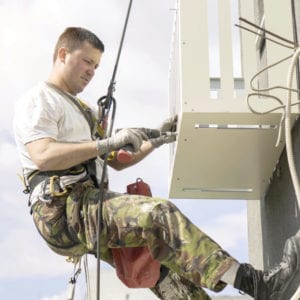8 Ways To Improve Energy Efficiency In Your Home
Whether we want to admit it or not, fall is just around the corner and now is a perfect time to think about how to prevent the cold from creeping through our home…and wallets!
Take the time to inspect your entire house and ensure there aren’t any major concerns before you begin winter-proofing your home.
Here are eight easy ways to improve your home’s energy efficiency:
- Weather-strip your doors and windows. Weather-stripping can easily close up any cracks. Stopping the cold from coming in and preventing the heat from going out.
- Clear the way. Make sure there aren’t any objects obstructing the registers and preventing heat from coming through.
- Switch out old lightbulbs. Replacing incandescent bulbs to fluorescent is an easy and efficient upgrade. It can also help with that late-night reading.
- Stop wasting water. Switching to a low-flow showerhead and a modern two-flush toilet will save the amount of water and energy used – it can be that easy!
- Thicker curtains. This quick fix can prevent heat from escaping and cold from coming through. They’re also great for the summer when you want to block the sun from heating your home.
- Retire your appliances. Your appliances should match your needs. These can be pricy purchases, but if done right, can save you money in the long run. Bigger isn’t always better.
- Turn your heat down and grab a sweater. Sounds simple right? It is. By turning your heat down just a little, you will improve your efficiency and save on your energy bill. Don’t worry, your body will adjust – you won’t freeze.
- Insulate the attic. A properly insulated home will trap your desired temperature in, and keep the exterior temperatures out. An insulated attic is the perfect way to control heat or air.
These useful tips are handy for the cold months and summer. If you choose just a few of the suggestions, you’ll see an improvement in your energy bill and know that you’re doing the earth a big favour.







